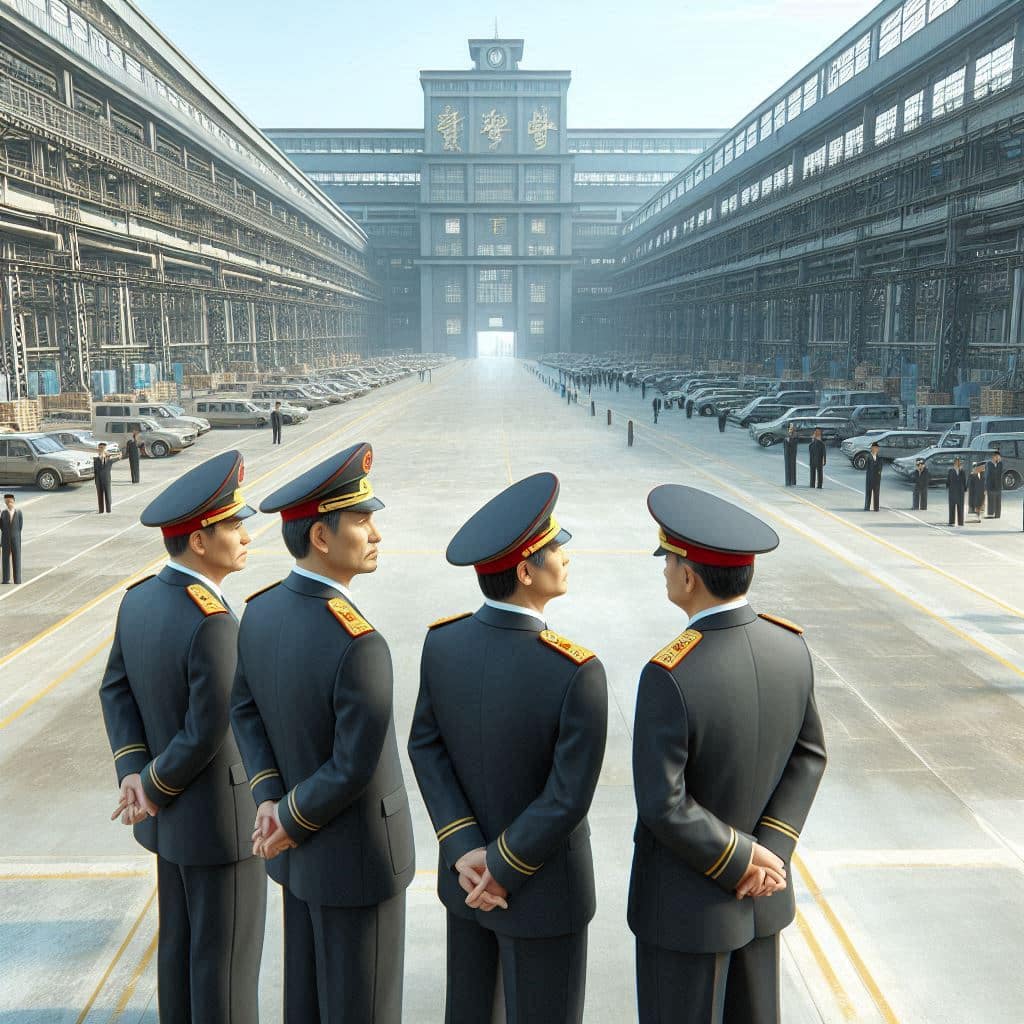Why the carbon emissions from passenger air travel are likely overstated
SUGGESTED



Progress on this issue has been remarkable, illustrating the potential of technology to address environmental and other externalities. Understandably, the spotlight now falls on aviation’s impact on global greenhouse gas emissions. In this context, the industry has been painted as villain of the piece, largely ignoring other important pollution-emitting economic sectors, for example shipping (cruise liners in particular), manufacturing of energy-intensive construction materials such as cement and steel, or the vast energy consumption of data centres.
Forgotten, too, is the target of net zero, a recognition that economic activity always involves trade-offs, that prohibition brings in its wake both economic and social costs, and that setting appropriate pricing signals to achieve objectives is always to be preferred. Setting a carbon price is the simplest, most direct means of achieving environmental policy goals (minimising resource use in the process) but generally finds little favour, particularly amongst various lobbyists promoting solutions in which too often, to use the Wall Street expression, their clients have ‘skin in the game’. Bearing this in mind, CAEP is to be commended for its introduction of an economic instrument, the Carbon Offsetting and Reduction Scheme for International Aviation (CORSIA), to push the industry in the right direction.
The ‘right direction’ however depends upon deeper understanding of the subject matter, and, in this respect, there is some way to go, including clearing a fog that includes misinformation. Take for example measurements of aviation’s CO2 emissions expressed as ‘x’ emissions per revenue passenger kilometre. It is not at all clear that analyses undertaken appreciate that, with long-haul flights in particular, often two distinctly different markets are being served by the same aircraft, namely passengers and freight. A flight’s products, therefore, are joint (of variable proportions). Unfortunately, it is common to attribute the entire fuel burn and thus the resulting CO2 emissions to the transport of passengers (and their baggage). But fuel burn is very much a function of the loaded weight of an aircraft, a weight added to by on-board (‘belly-hold’) cargo.
I have made a stab at illustrating the conflation of passengers and freight using data for London Heathrow. At this hub airport, unlike Frankfurt or Hong Kong for example, through-put is overwhelmingly the result of belly-hold freight. Taking data by wide-bodied aircraft at Heathrow to represent long-haul movements, (about 40% of the airport’s total movements in 2019), together with (after allowing for dedicated freighter movements) approximately 1.5mn metric tonnes of long-haul belly-hold cargo that year, gives an average of nearly 8 tonnes of freight per passenger flight, approximately equivalent to a loading of 60 to 70 passengers (with baggage). Aircraft load managers and others with knowledge of the appropriate statistics will be able to calculate the cargo-induced fuel burn.[2]
What implications follow from this conflation of passengers and freight for the calculation of emissions? Because nearly all long-haul passenger flights will be shipping belly-hold cargo, estimates of CO2 emissions that can be attributed to passengers on these flights are very likely overstated, and to a significant degree. Second, suggestions that low-cost carrier (LCC) fleets have a much better emissions record than the short and long-haul fleets of legacy carriers will require re-examination and probably re-calibration. And re-calibration might also be required where aviation is subject to pro rata environmental taxes. Moreover, it implies that part of any emissions tax levied might be borne by air cargo shippers rather than passengers. However, there is an implication here for global trade in goods and, at the margin, for fair modal competition where freight is also shipped by sea or, in the case of the Silk Road, by rail. Simplifying measures, using for example the much-cited Work Load Unit (WLU) to calculate a suitable emissions metric, would be inappropriate; WLUs have no meaningful economic interpretation.
Overall, the issue is more complicated than meets the eye. Matters are rarely as straightforward as frequently portrayed, a point that applies to many problem areas and their purported solutions.
—
[1] The writer was The EU’s economic adviser for two of CAEP’s cycles.
[2] The average distance for a wide-bodied passenger jet using Heathrow is 3,800 miles.




